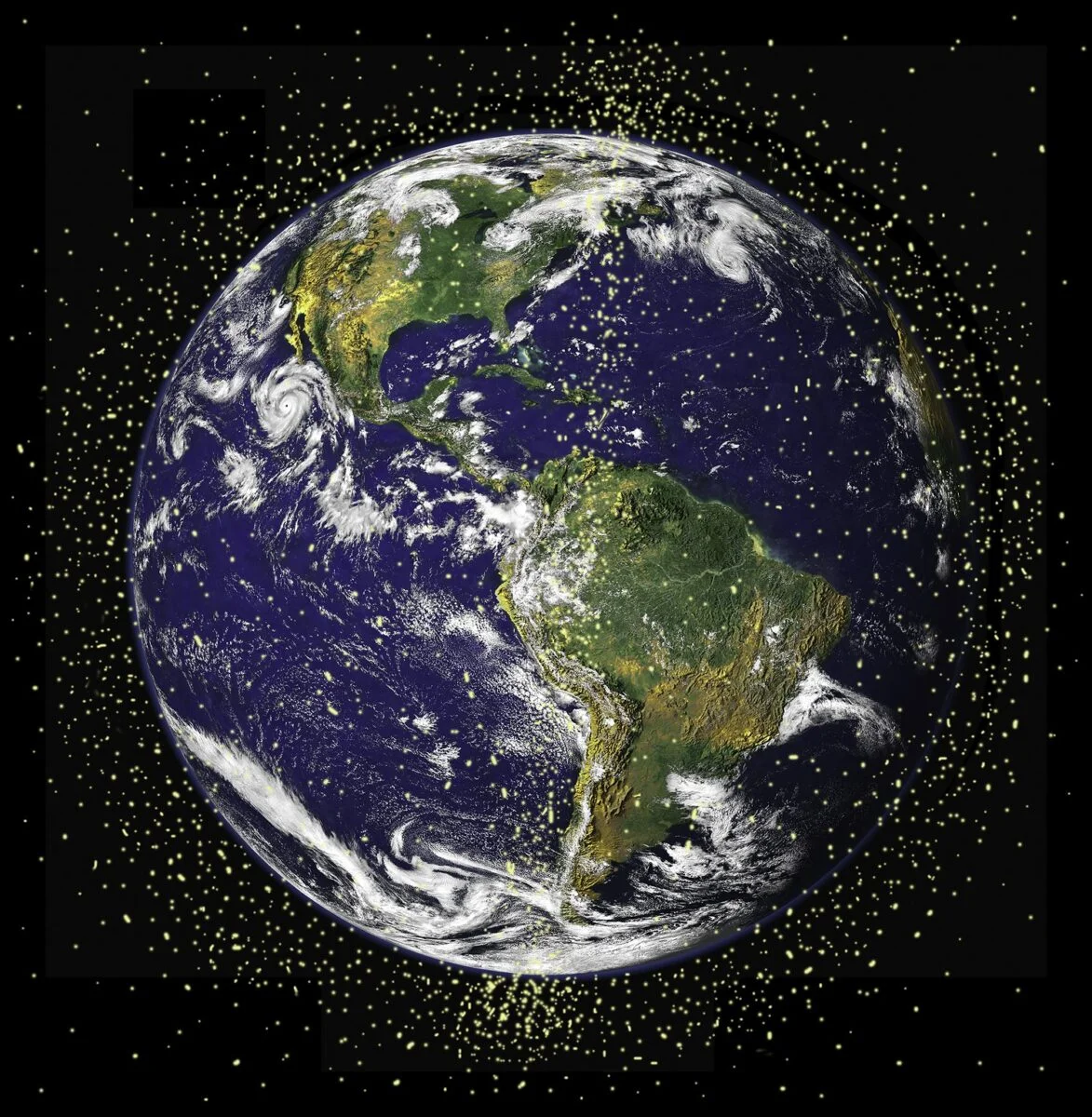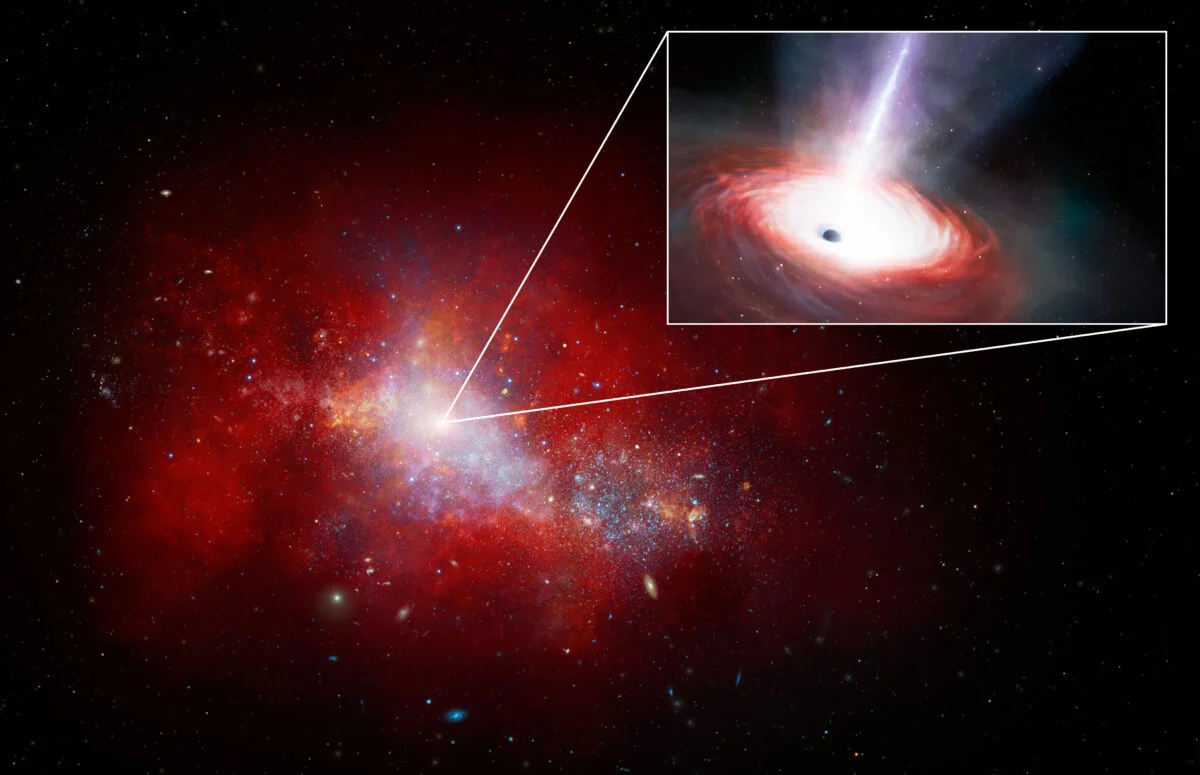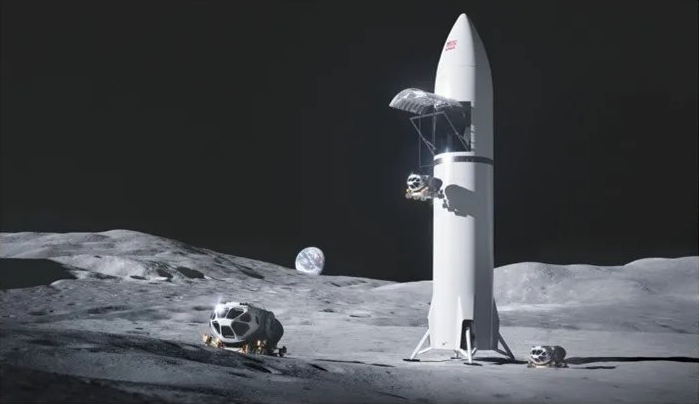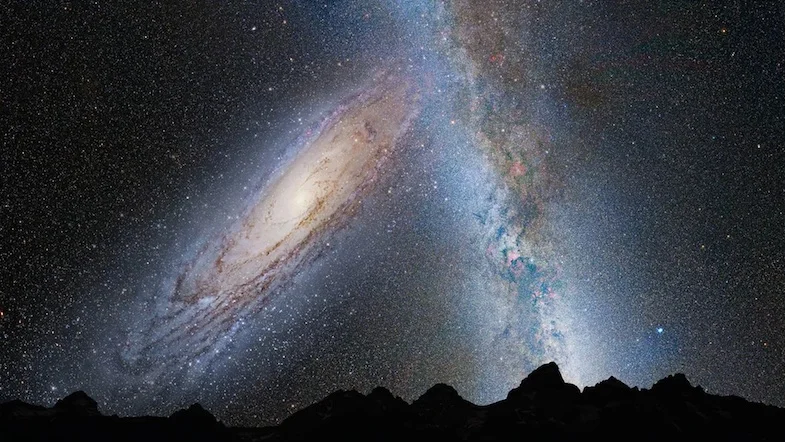
Small, Untrackable Pieces of Space Junk Are Cluttering Low Earth Orbit
- Space Exploration
- July 13, 2024
- 1185
Earth’s orbit is becoming a dangerous dumping ground for humanity’s endeavors in space. While efforts to track large pieces of orbital debris have advanced, the smallest, untrackable fragments pose an escalating threat to future missions. This invisible menace is growing alongside the rise of satellite megaconstellations, raising concerns about the sustainability of space exploration.
Space Junk: A Growing Hazard
Tens of thousands of objects orbit Earth, ranging from defunct satellites to fragments of disintegrated rockets, bolts, and even tools dropped during missions. While larger objects are carefully tracked, the vast majority of debris consists of smaller fragments, moving at tens of thousands of miles per hour. At these speeds, even a tiny shard can cause catastrophic damage.
For instance, the International Space Station (ISS) executes approximately one evasive maneuver annually to avoid potentially disastrous collisions with debris. Current tracking systems, like those maintained by the U.S. Space Force, can only monitor objects larger than 4 inches (10 centimeters). This leaves the majority of smaller, potentially lethal debris invisible to current technologies.
The Unseen Threat
Small debris may lack the energy to destroy spacecraft outright but can still cause serious damage under the right conditions. The Hubble Space Telescope’s solar panels, for example, were replaced twice (in 1993 and 2002) after sustaining damage from micrometeoroids and space junk.
Yet the true danger lies in the unpredictable nature of these smaller fragments. If one strikes a critical component of a spacecraft at an unfortunate angle or moment, it could result in mission failure.
Simulating the Future of Space Junk
To better understand the risks posed by untrackable debris, researchers at MIT used probabilistic models to simulate the long-term effects of space debris on Earth’s orbit. These models account for factors such as expected satellite launches, the creation of new debris, and the likelihood of collisions.
Their findings were sobering: over the next two centuries, thousands of collision events involving untracked debris are likely, with hundreds potentially leading to catastrophic outcomes.
Mitigating the Problem
The study concluded that the threat of untrackable space junk cannot be entirely eliminated but can be significantly reduced through proactive measures:
- Satellite Disposal: One of the most effective strategies involves de-orbiting satellites at the end of their missions. Allowing satellites to safely burn up in the atmosphere prevents them from becoming long-term hazards. Without aggressive disposal efforts, dead satellites remain in orbit indefinitely, increasing the likelihood of collisions that spawn more debris.
- Rigorous Standards: Implementing strict end-of-life protocols for satellites can drastically reduce the risk of collision events. At certain altitudes, collision probabilities drop by as much as two-thirds when disposal measures are rigorously followed.
- Enhanced Monitoring: Continued investment in tracking systems capable of detecting smaller debris is essential. Improved monitoring technologies would allow for more precise risk assessments and enable timely evasive maneuvers for active missions.
A Call for Responsible Space Practices
As the space industry expands, so does the urgency of addressing orbital debris. Satellite megaconstellations, such as those used for global communications, are already contributing to a sharp increase in orbital congestion. Without responsible management, humanity risks turning Earth’s orbit into an impassable minefield, jeopardizing the future of space exploration.
Ensuring a safer orbital environment requires a coordinated global effort, combining advanced technology, stringent regulations, and sustainable mission design. By prioritizing these measures, we can secure a cleaner, safer space for generations to come.



